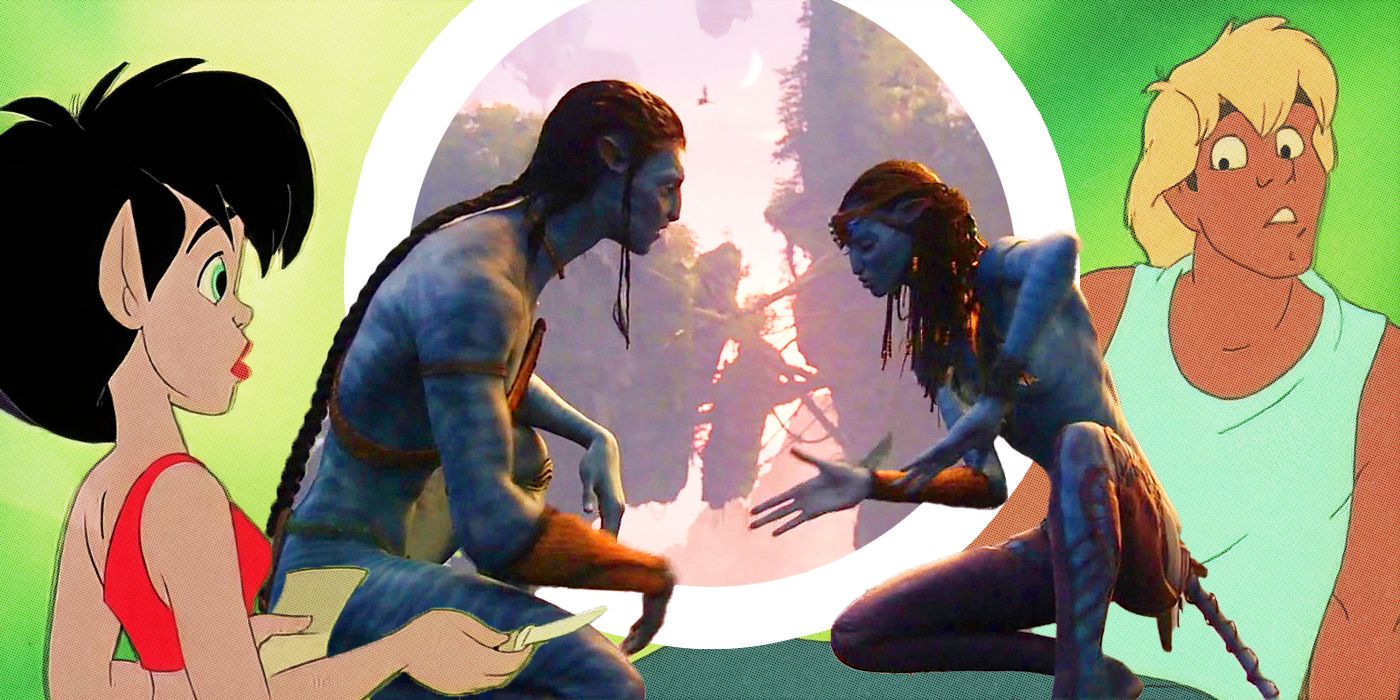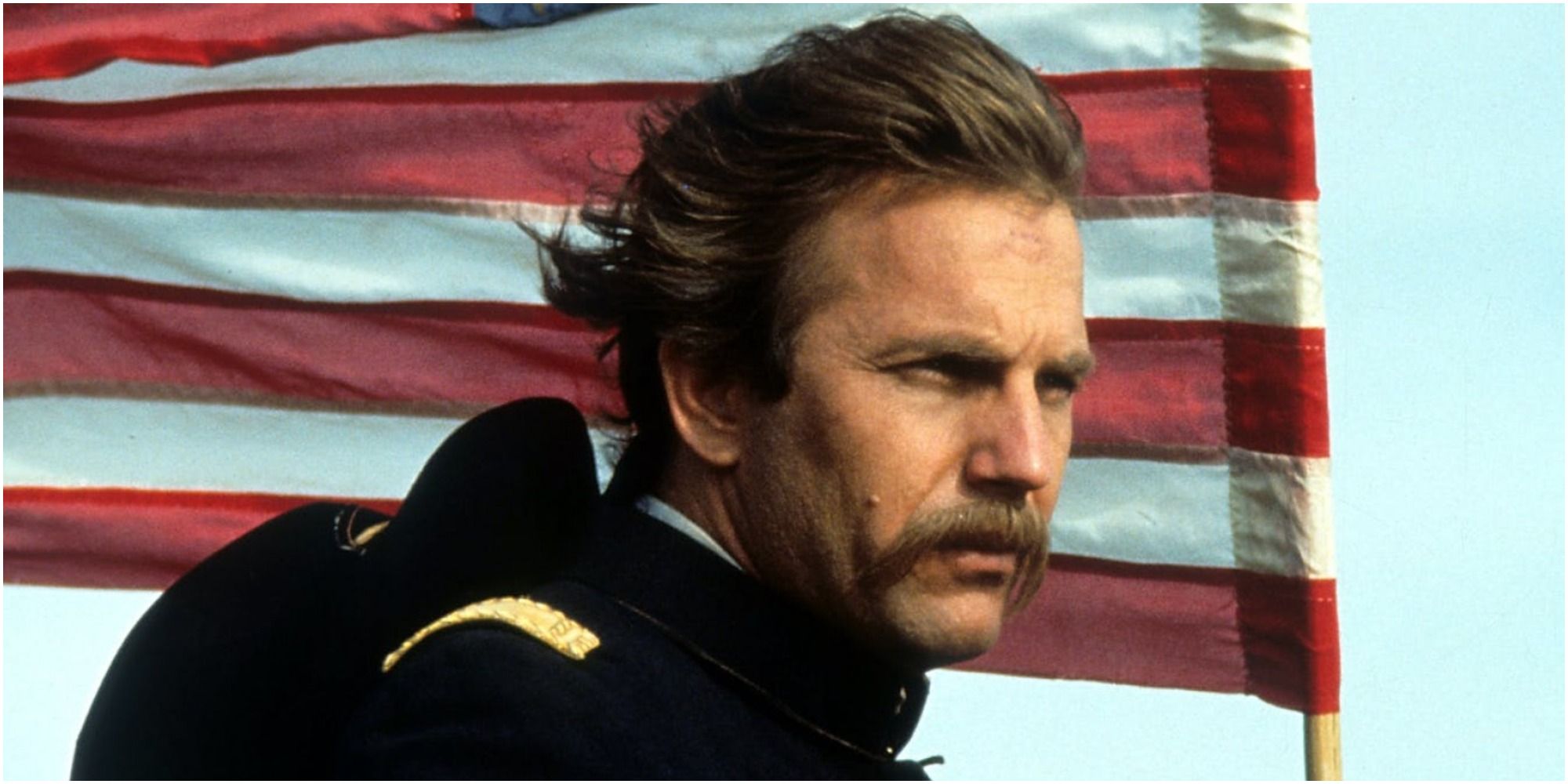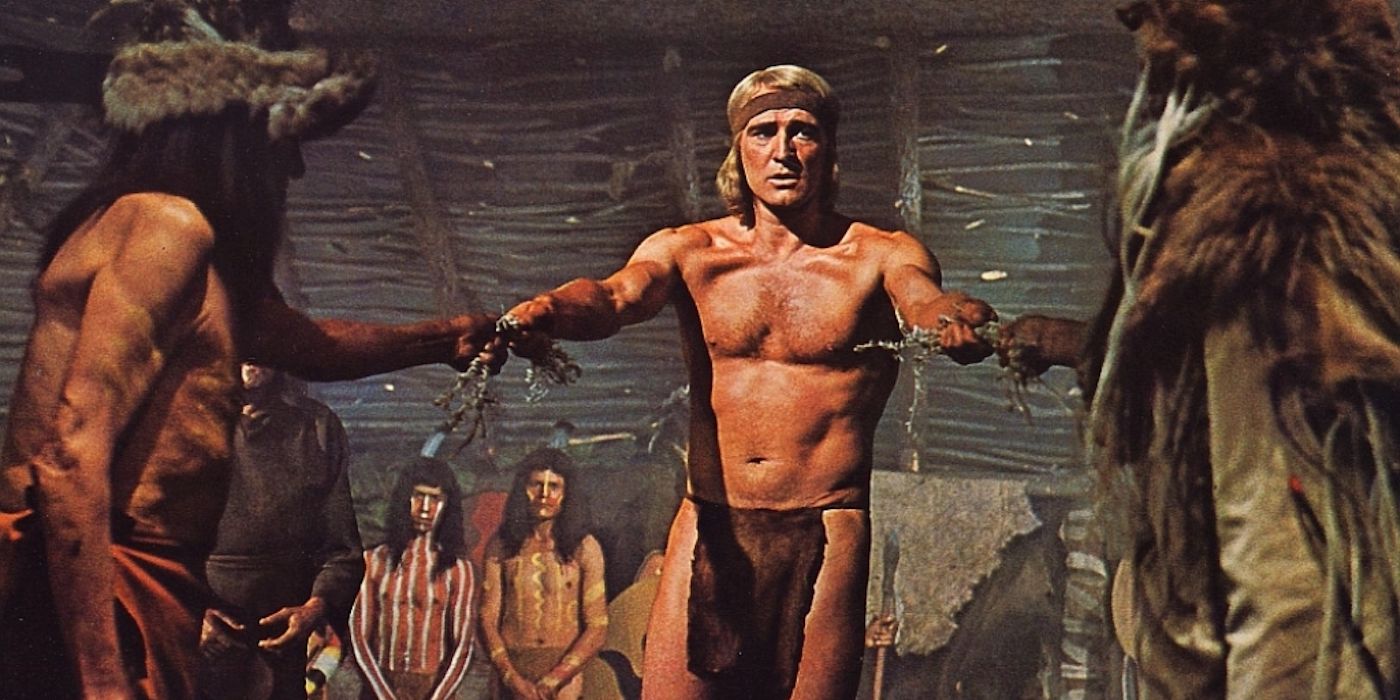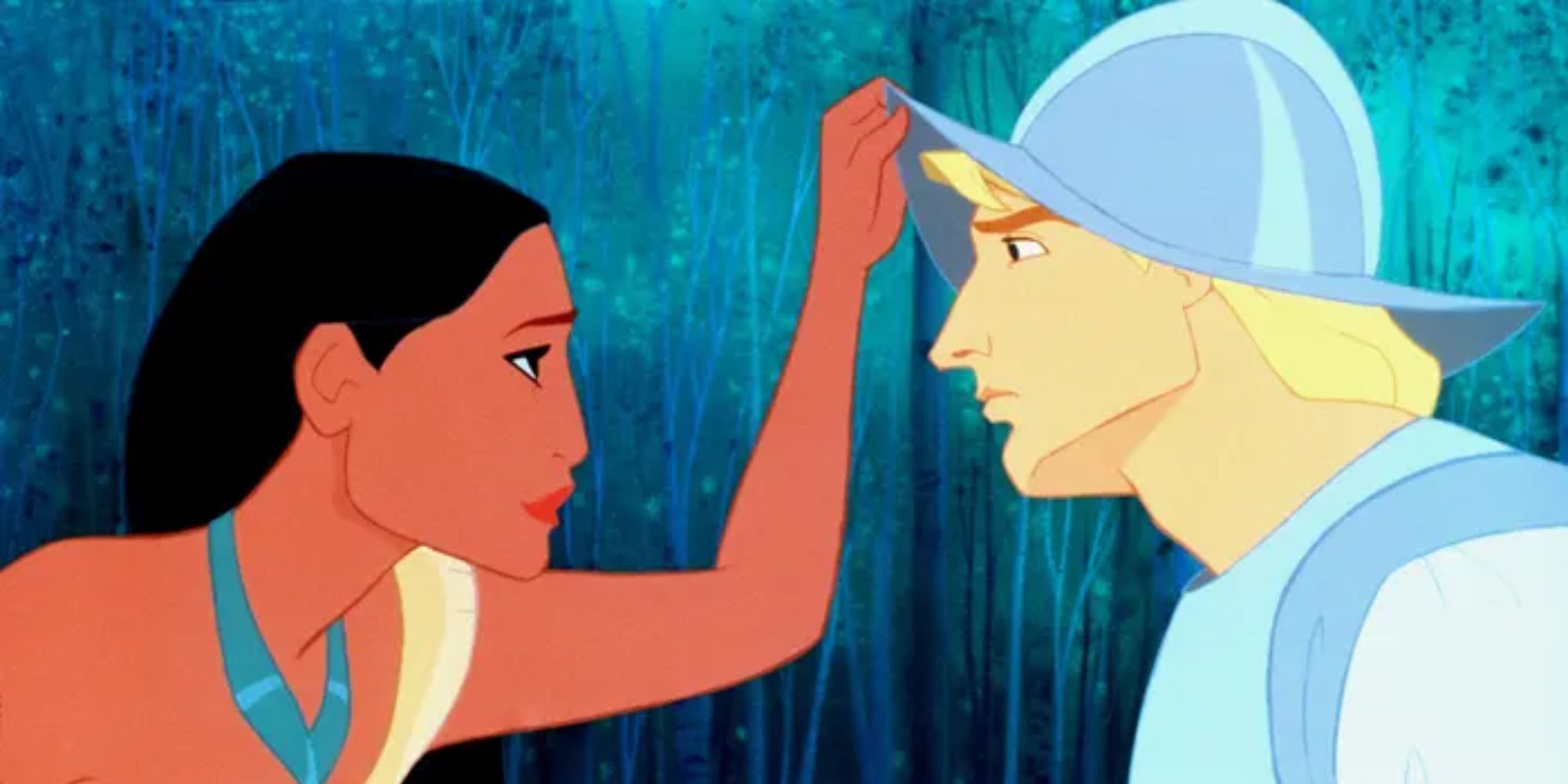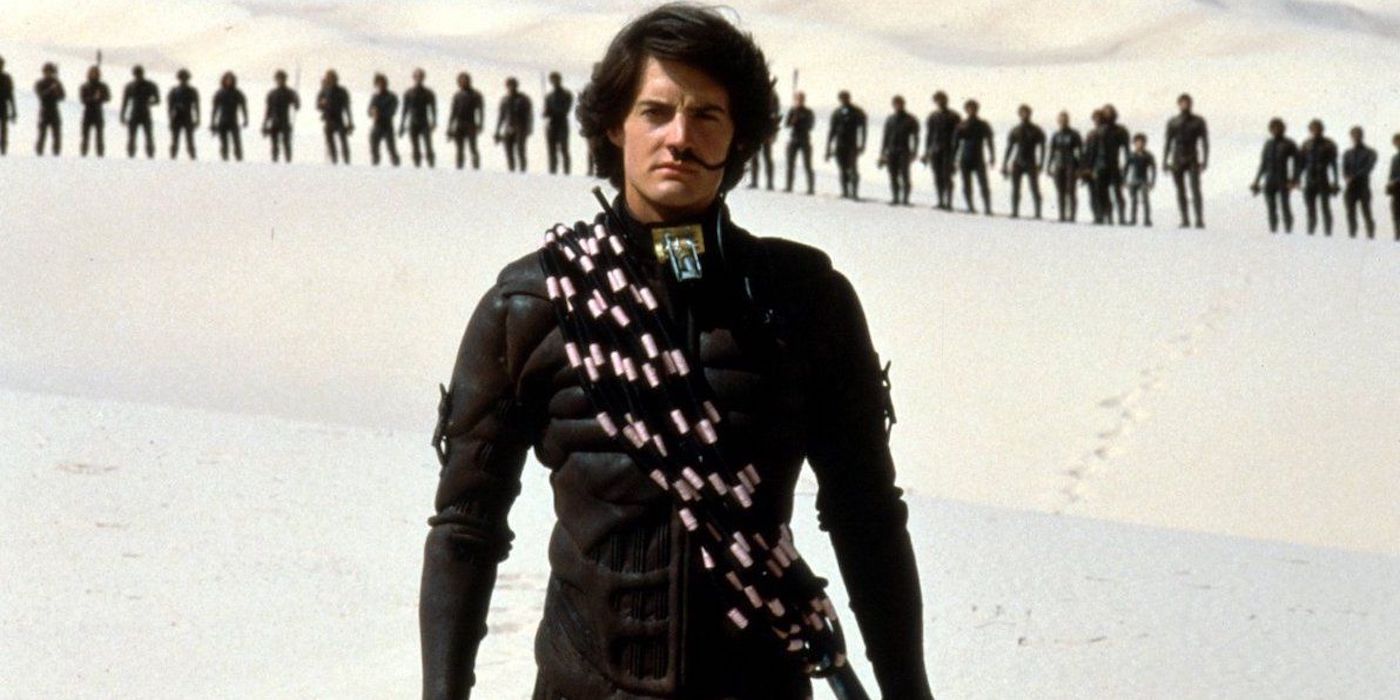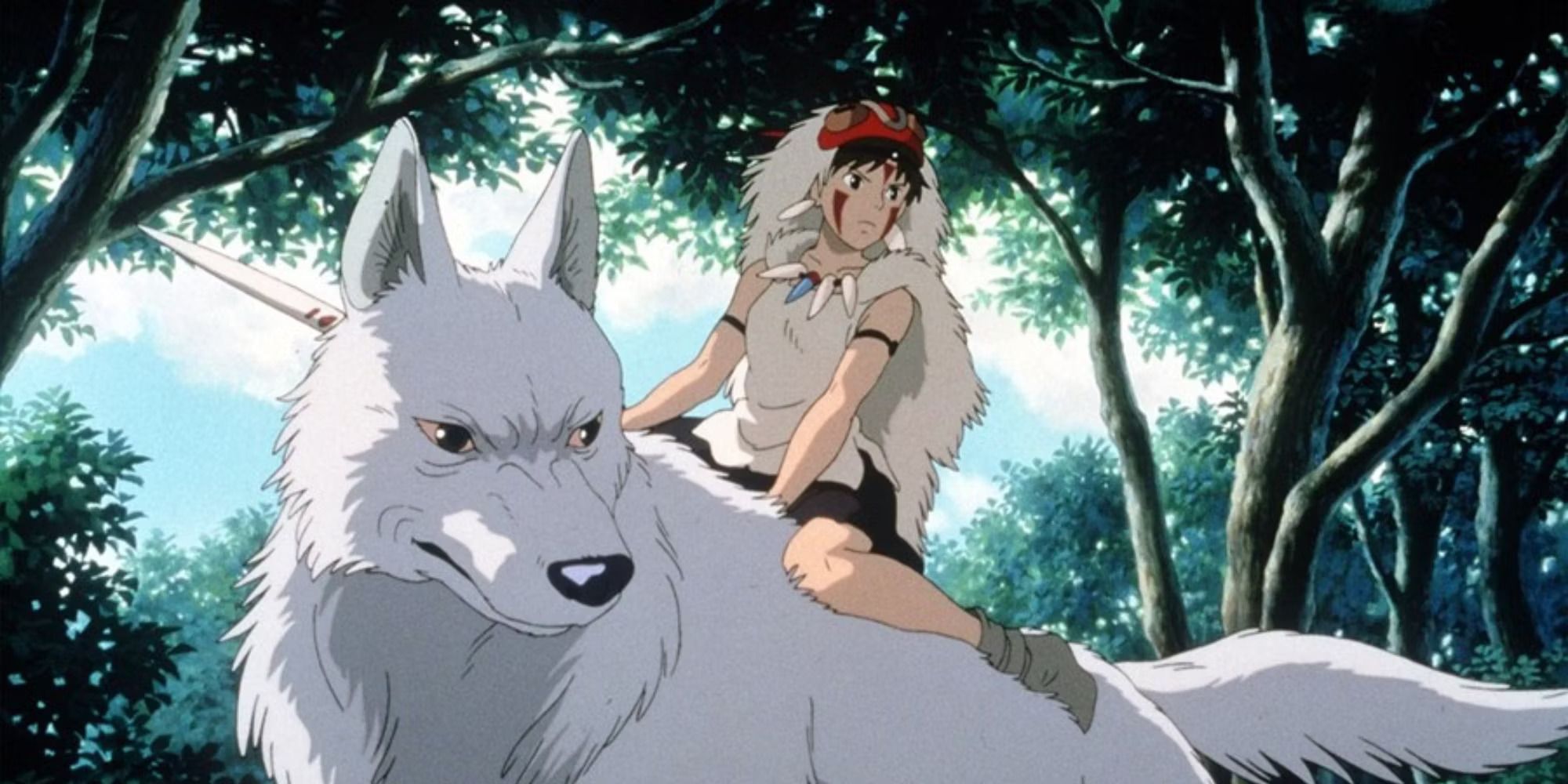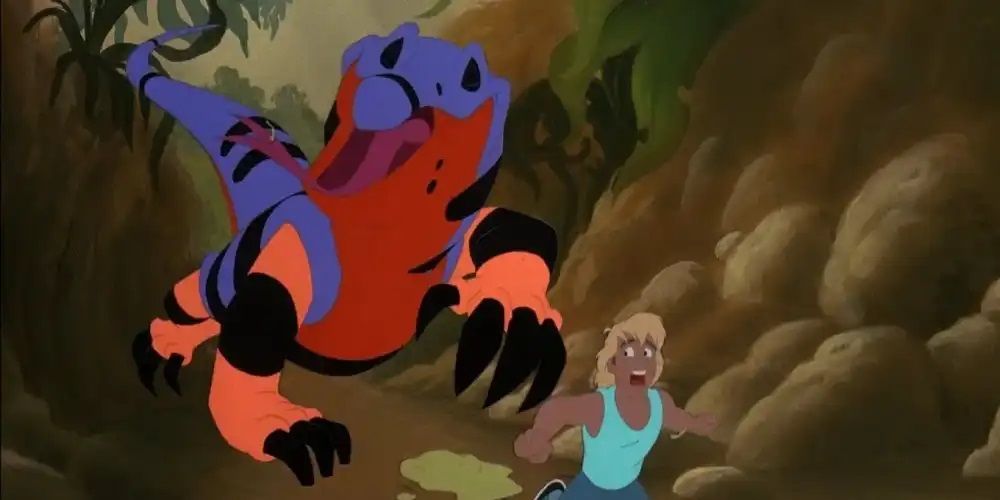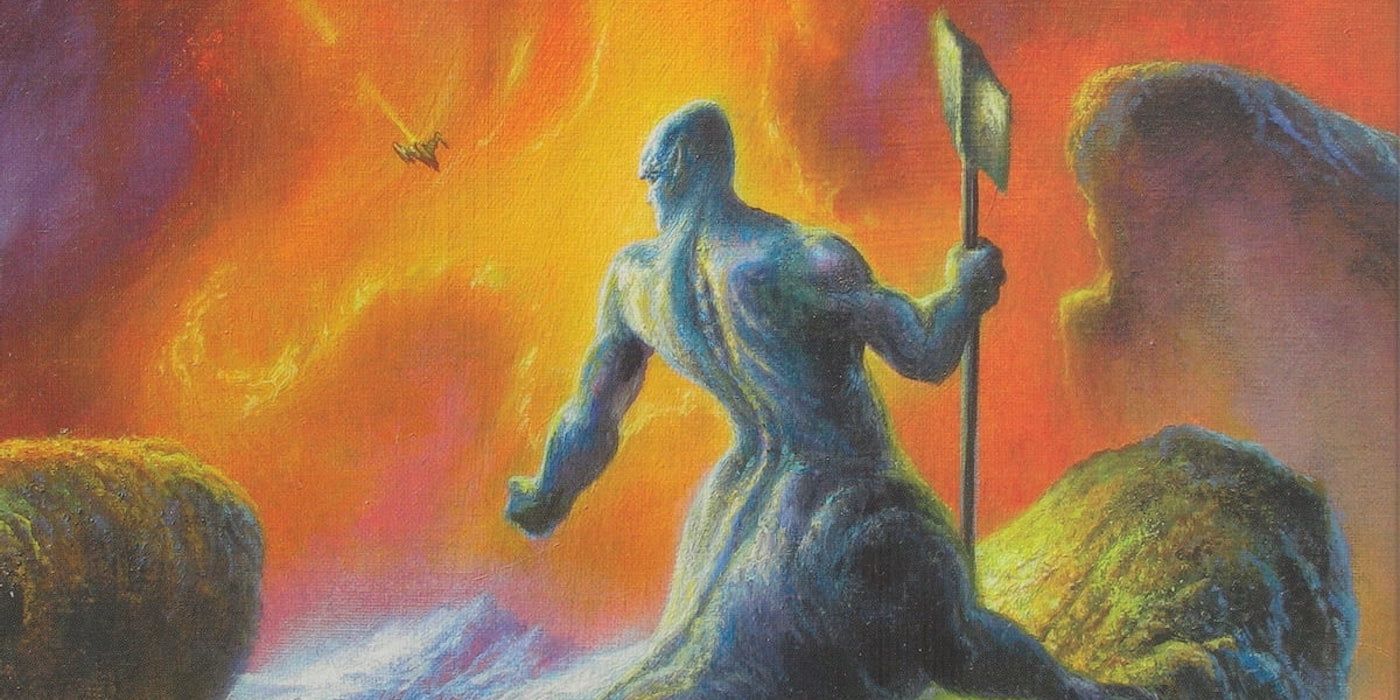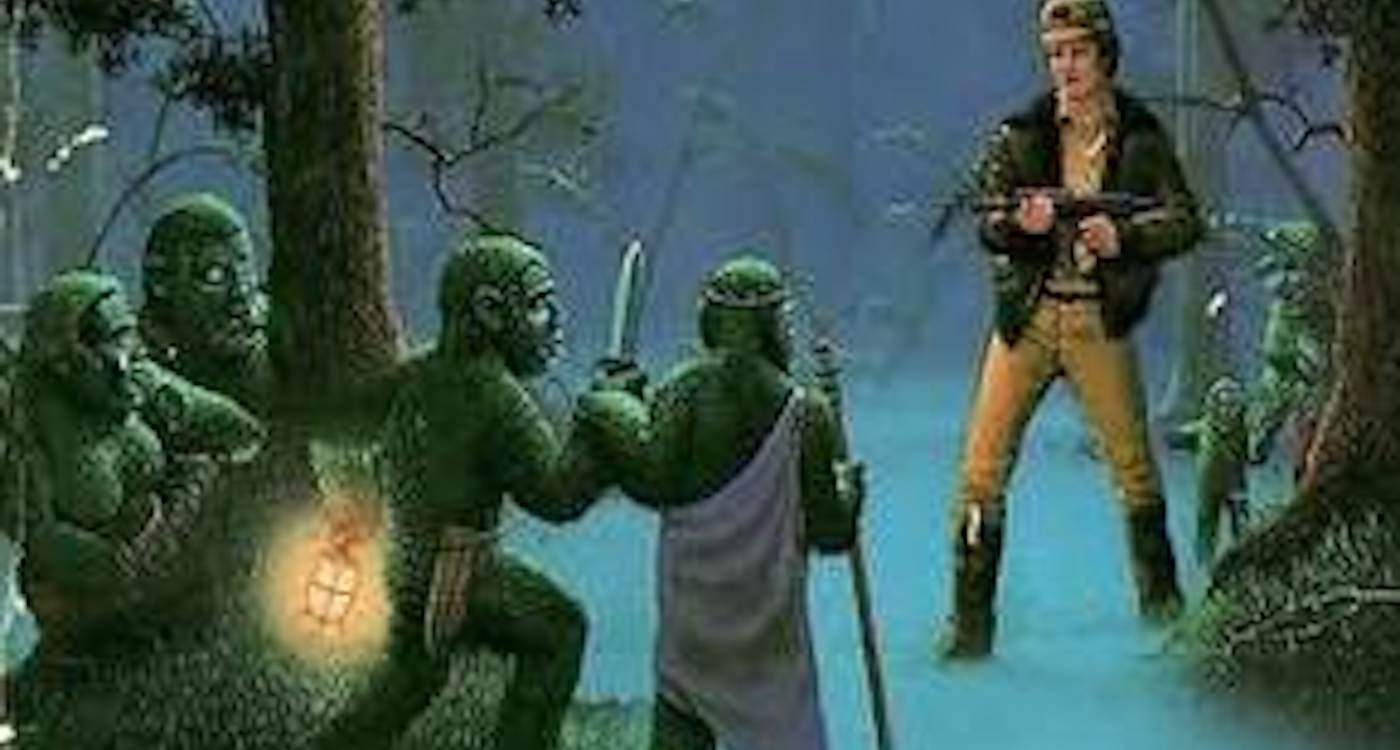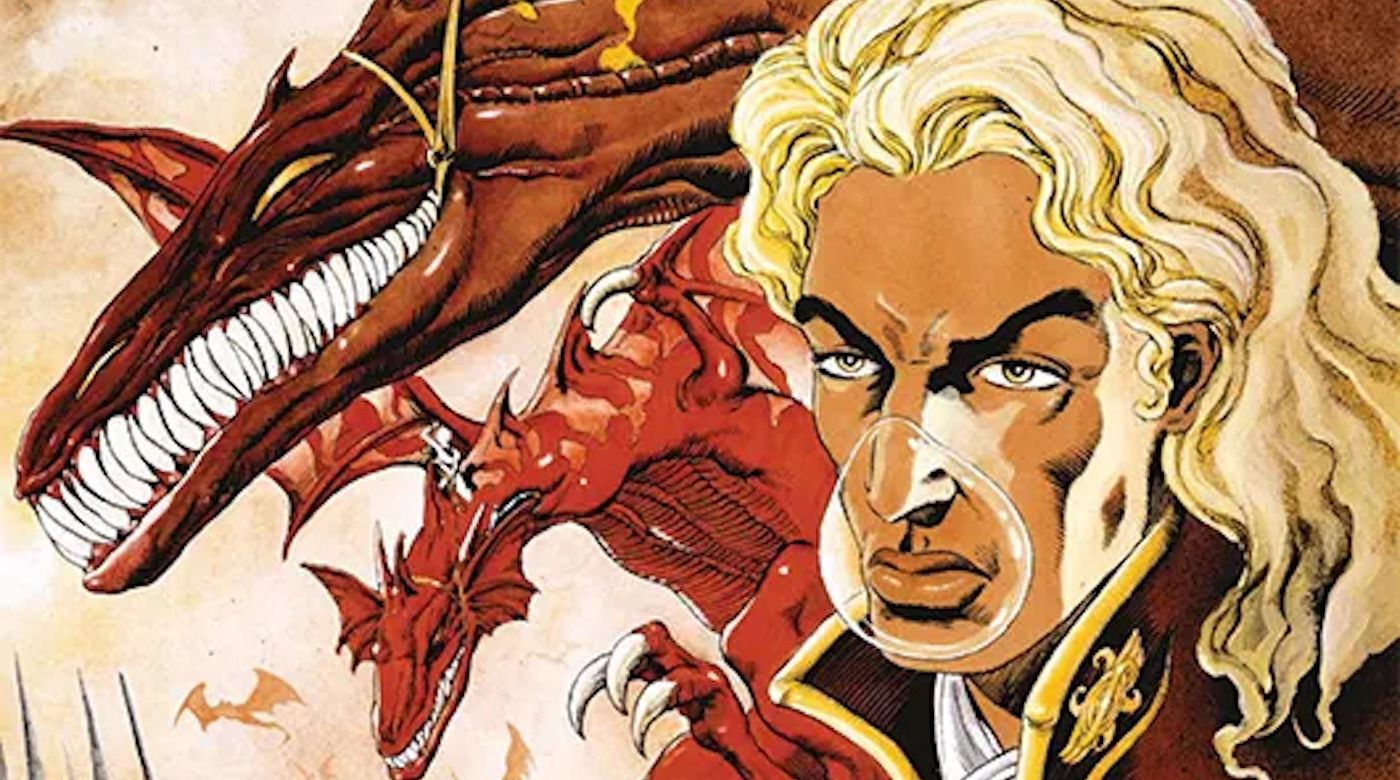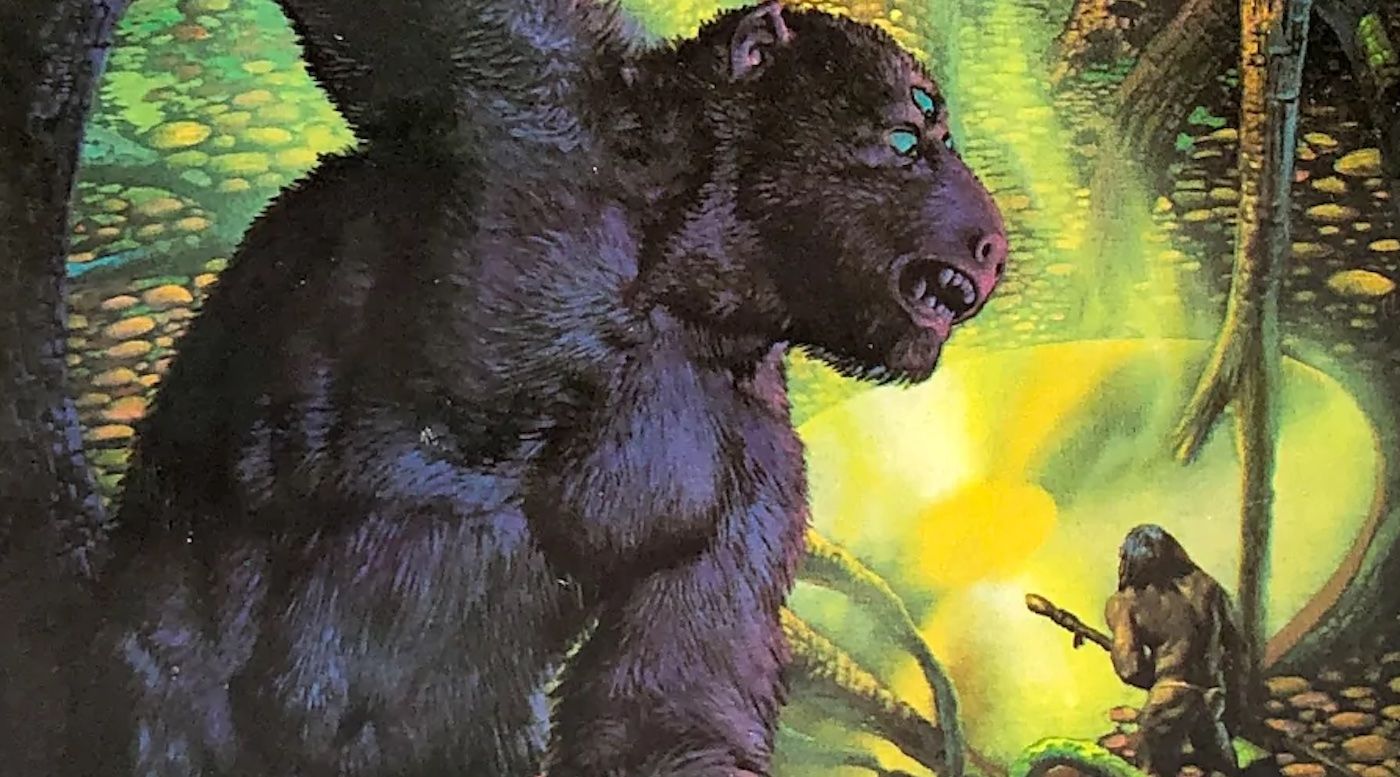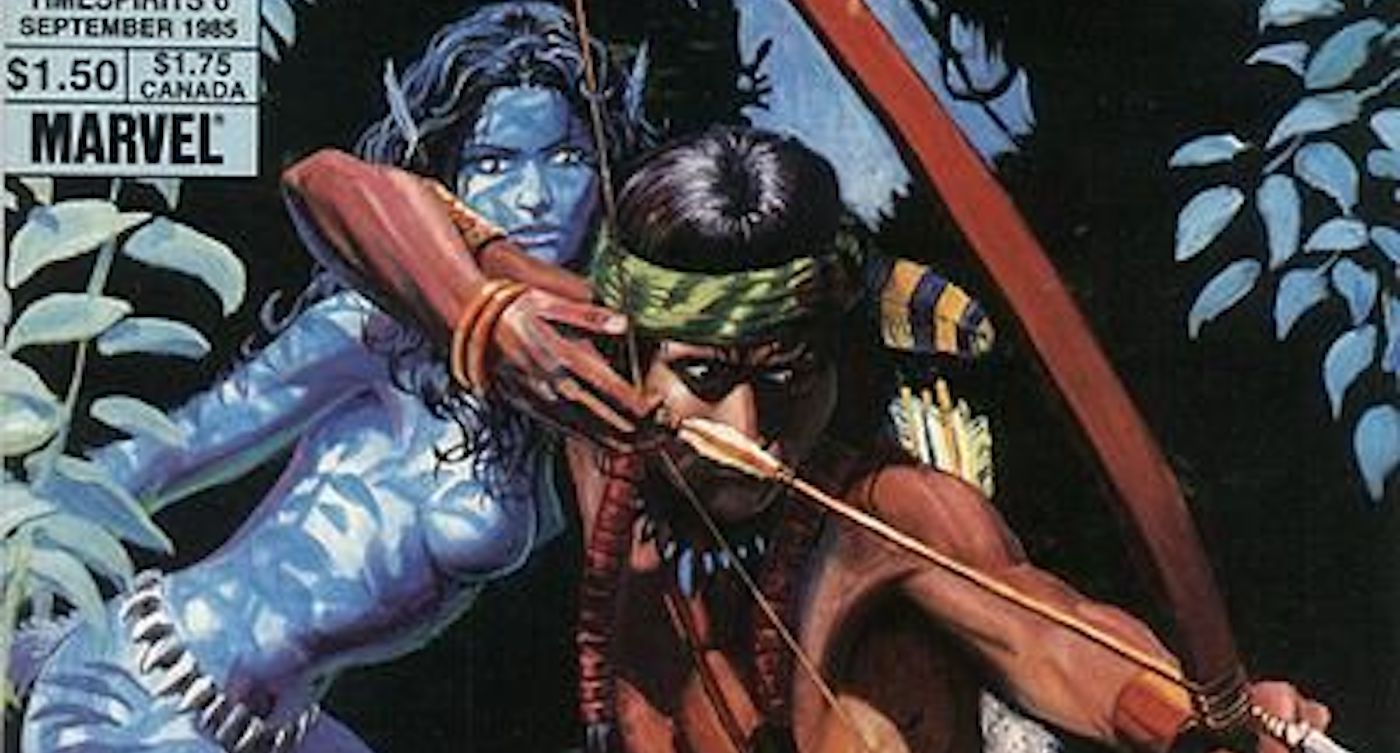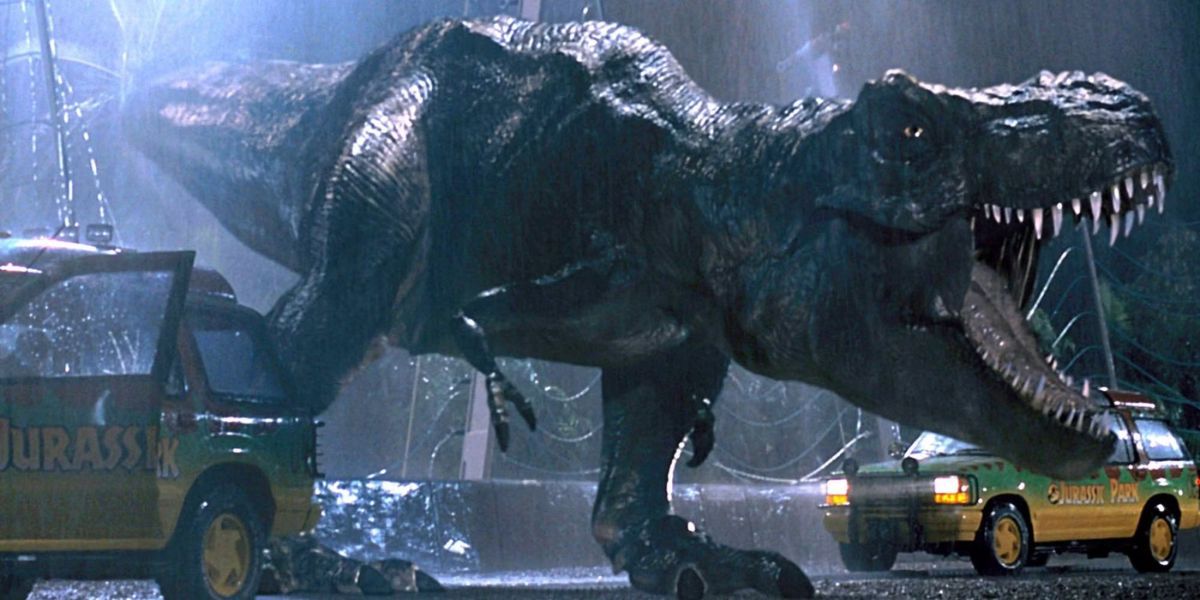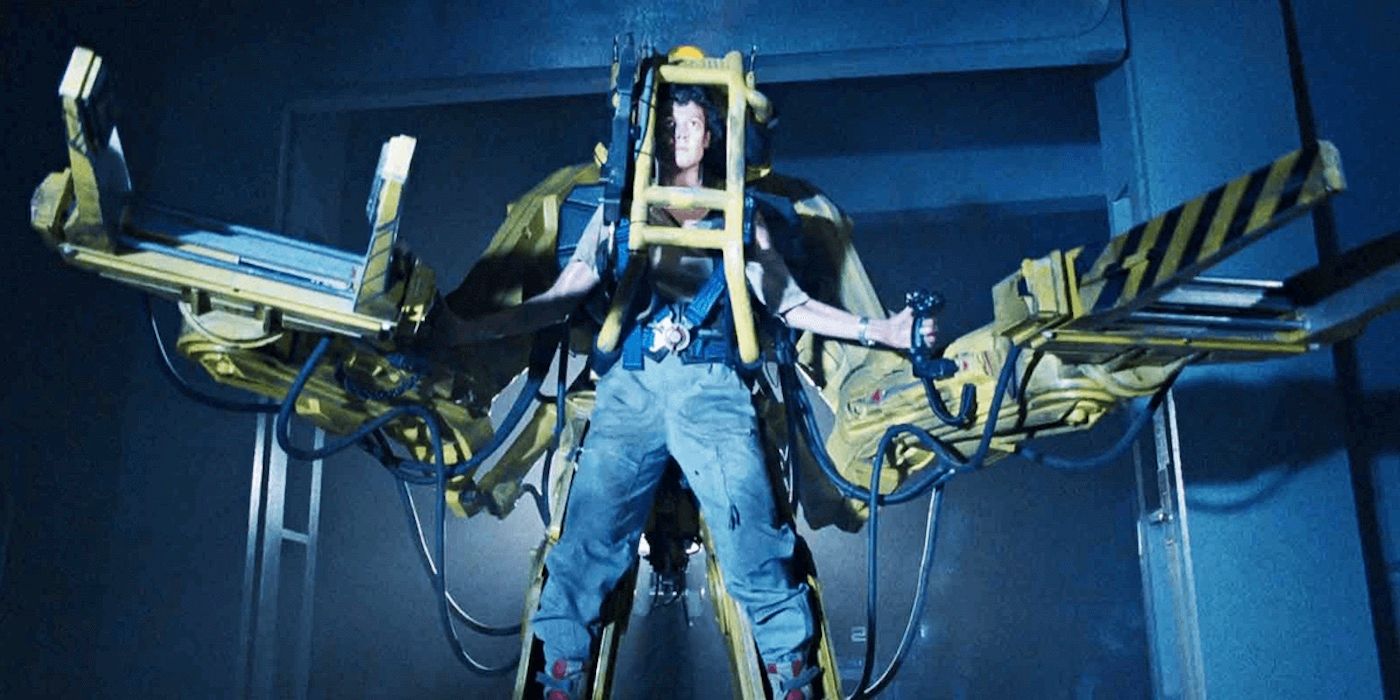It's a fine line between ripoff and homage, between plagiarism and legitimate use of tropes within a genre, and Avatar straddles that line from start to finish. As the sequel, Avatar: The Way of Water, nears, here's everything and everyone James Cameron has been accused of ripping off for the original film.
Dances With Wolves (1990)
The plot similarities between Avatar and Dances With Wolves are unmistakable - a wounded veteran (Kevin Costner) moves to a new frontier that his people want to exploit for its natural resources. Initially working for the bad guys, he soon befriends the Indigenous people and, after a few months, is accepted as one of them. He falls in love with one of the women (though in Dances, she's not actually Indigenous) and eventually turns against his own people to defend the tribe and their land against the invaders. Sound familiar?
A Man Called Horse (1970)
Based on a short story of the same name, the film centers around an Englishman (Richard Harris) who is captured by a Lakota Sioux tribe. Like Jake Sully (Sam Worthington), over time, he learns about the tribe's culture, gains their respect, and marries an Indigenous woman. In the end, he becomes the tribe's leader, which Avatar also hinted might be the case for Jake.
Pocahontas (1995)
This Disney film doesn't have much in common with actual history, but it does have a few things in common with Avatar. As in Dances With Wolves, Pocahontas centers around themes of racism and colonialism and features a white man (Mel Gibson) exploring a new frontier and a romance with a Native woman. Pocahontas (Irene Bedard), like Neytiri (Zoe Saldaña), is betrothed to an uninteresting, stoic tribesman before she falls in love with the first white man she sees.
Dune (1984)
Based on one of the most well-known sci-fi novels of all time, Dune also relies heavily on themes of colonialism and the white savior trope and includes a planet rich in an extremely valuable resource - in this case, spice - and colonizers who want to get their hands on it. After his noble household is nearly wiped out, Paul (Kyle MacLachlan) and his mother go to live with the native Fremen. Paul finds he has the ability to communicate psychically with the deadly giant sandworms, and after teaching the Fremen to use advanced weapons, leads them and the sandworms in battle against the invaders - not so different from Jake harnessing Pandora's wildlife to defeat the RDA.
Princess Mononoke (1997)
Princess Mononoke is among Hayao Miyazaki's and Studio Ghibli's animated classics. In medieval Japan, Prince Ashitaka (Yōji Matsuda) leaves his home village to search for a cure for a curse; along the way, he discovers Iron Town, which was established to mine iron for weapons and destroyed the forest in the process. The forest gods, joined by a human girl who was raised by wolves, have been attacking the town, and Ashitaka becomes embroiled in the battle, eventually helping to broker peace between the two sides.
FernGully: The Last Rainforest (1992)
Like Avatar, FernGully has a human protagonist who initially works for the bad guys. Zak (Jonathan Ward) is a logger cutting down trees in a fairy-infested rainforest who accidentally gets shrunk to fairy size, then falls in love with another fairy and joins the fairies' fight to save the rainforest against a destructive demon. Like Avatar and many of the works on this list, FernGully carries the message that the destruction of natural resources for profit is morally wrong.
Call Me Joe (1957)
The protagonist of Poul Anderson's novella is Ed, a paraplegic man who explores the surface of Jupiter remotely by linking his consciousness to the body of a creature ("Joe") that has been scientifically engineered to survive the harsh conditions. Like Jake, Ed eventually comes to live full-time in Joe's body, but this is framed more as Joe's mind taking over Ed's. Aside from these plot points, Call Me Joe doesn't have much in common with Avatar.
The Noon Universe Series
Written in the 1960s by Soviet novelists Boris and Arkady Strugatsky, this sci-fi series spans multiple books and short stories which take place across twenty planets. Like Avatar, it's set in the 2100s and includes a forested planet called Pandora that's home to dangerous wildlife. However, this is really the only overlap. (Some critics have claimed there's a native species on Pandora called the Nave, but this appears to be a misunderstanding, though there is a character called Nava.)
The Word for World Is Forest (1972)
This novella by sci-fi legend Ursula K. Le Guin takes place on the planet Athshe. As in Avatar, humans have invaded Athshe with the intent of harvesting its natural resources (in this case, wood), and haven't been very nice to the Indigenous people. The native Athsheans successfully stage a revolt and drive humans from the planet; other than the common themes of colonialism and exploiting the natural resources of the alien people who are super into trees, it bears little resemblance to Avatar.
Firekind (1993)
Firekind is a British comic by John Smith and Paul Marshall that featured a human botanist, Hendrick Larsen, who travels to a forest planet with a toxic atmosphere to study its biology. While there, he becomes involved in the conflict between the dragon-riding native people and a gang of human poachers who have no compunctions about committing genocide in their pursuit of an addictive chemical produced by a native animal species. Also, there are giant floating stones.
Midworld (1975)
Alan Dean Foster, another sci-fi titan, created Midworld, a forested planet inhabited by a peaceful species that live in a giant tree called Home Tree, and who can communicate empathically with plants. When humans who want to harvest a drug from the trees in which the Indigenous people bury their dead arrive, some of them harness the power of the wildlife to drive the intruders away; unlike Avatar, Midworld is told from the perspective of one of the Indigenous people.
Timespirits (1984)
Timespirits is a limited series comic book by Stephen Perry and Tom Yeates that includes a naked, stripey blue cat lady who looks almost exactly like a human-sized Na'vi, but that's all it has in common with Avatar.
Sheila the Warrior: The Damned (2003)
In this romance by Kelly Van, two women travel to a beautiful, lush alien planet, fall in love with Indigenous men, and help defend the planet against a mining interest. Van sued Cameron for copyright infringement in 2010, claiming Avatar lifted a number of specific details from her novel, but a judge dismissed the case.
Roger Dean
Artist Roger Dean is best known for creating album cover art for several successful bands including Yes and Uriah Heep. After Avatar's release, plenty of commentators pointed out the striking similarities between Dean's work - which features floating mountains, fantastical beasts, and strange alien landscapes - and Cameron's world of Pandora. Dean sued Cameron for copyright infringement, but a judge dismissed the case, saying that the works weren't similar enough to constitute infringement.
Eric Ryder, Bryant Moore, and Gerald Morawski
Over a 10-day period in December 2011, Eric Ryder, Bryant Moore, and Gerald Morawski each sued Cameron separately (and unsuccessfully) for stealing ideas. Ryder met with Cameron's production company Lightstorm Entertainment in 2001 to work on adapting his story K.R.Z. 2068, which has an evil mining company ravaging the ecosystem of a beautiful alien moon and a member of that company leading a rebellion against them; Lightstorm later turned the project down. A judge dismissed Ryder's claim of breach of contract in 2013.
Moore submitted his screenplays Aquatica and Descendants: The Pollination to Lightstorm in the mid-90s and 2003, respectively, and, like Kelly Van, sued Cameron for copyright infringement after Avatar's release, claiming substantial similarities in plot and setting (Moore's works also take place on lush tropical planets), but a judge disagreed and threw out the suit.
Visual effects artist Morawski met with Cameron in 1991 and pitched his idea for his film Guardians of Eden. He then sued in 2011, claiming Avatar and Guardians had substantial plot overlaps, including "an epic struggle ... between evil mining interests that will destroy the planet to satisfy their greed, and an indigenous tribe that lives at one with, and protects, its rain forest environment," a disabled veteran protagonist who marries an Indigenous woman, and a planet-wide "collective consciousness," among other things. The judge found sufficient evidence in Cameron's own works prior to 1991 to determine that Avatar was not based on Morawski's work, and dismissed the suit.
The Sound Effects from 'Jurassic Park' (1993)
The dinosaur vocalizations created for Jurassic Park are almost as impressive as the visual effects, so it makes sense that other filmmakers would want to recycle them. Cameron did exactly that, using sounds including the T. Rex's iconic roar and the raptors' bark-like communications for Pandora's wildlife.
The Power Loaders from 'Aliens' (1986)
The AMP suits in Avatar look and function an awful lot like Ripley's Power Loader, but since, in this case, Cameron is ripping off himself, we can give him a pass.

